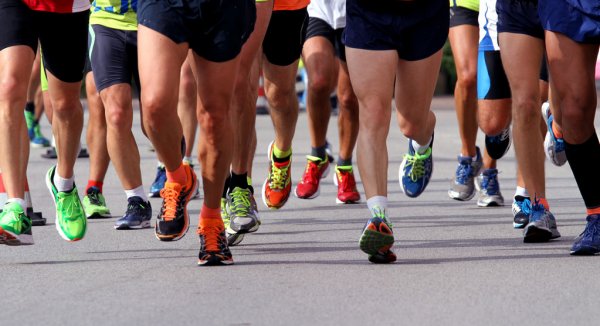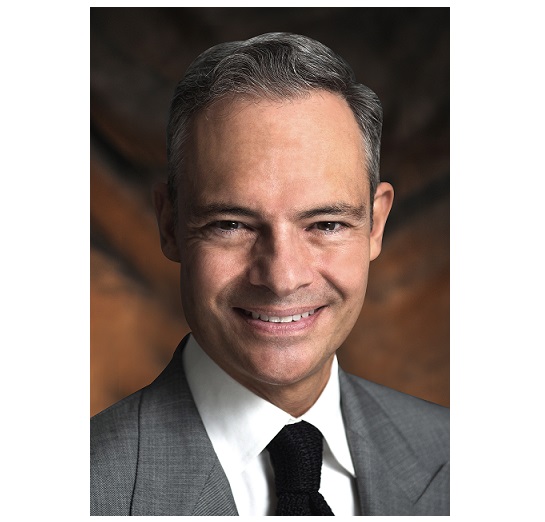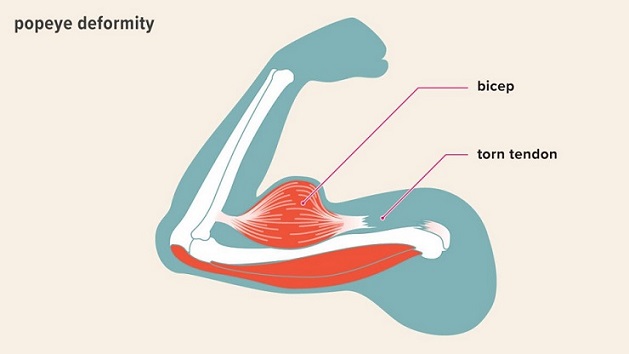NEW YORK, April 16, 2021 /PRNewswire/ — Marathon runners hoping to stay injury-free now have further cause to avoid sharp spikes in their weekly mileage, according to a study conducted by sports medicine physicians and experts at Hospital for Special Surgery (HSS) in New York City. That rule holds for novice runners as well as the most dedicated marathoners who have a high base level of training and multiple marathons under their soles, the researchers found.
“Runners, coaches and sports medicine experts have long been aware of the risks of increasing mileage too quickly. Historically, runners have used the ’10 percent rule,’ which says you shouldn’t increase weekly running mileage more than 10 percent compared to the previous week. However, this rule doesn’t work during marathon training, when long runs reach 18 to 20 miles and there are alternating weeks of longer and shorter runs,” said Brett G. Toresdahl, MD, a sports medicine physician and the Research Director for the Primary Sports Medicine Service at HSS, who led the new study.
Dr. Toresdahl and his colleagues found that a training metric called the acute: chronic workload ratio (ACWR) could be a better method of guiding runners when training for marathons. “Our study was the first time that the ACWR was studied in marathon training and we were able to show that there is a strong association with injuries,” he said.
Dr. Toresdahl presented the findings today at the 2021 Annual Meeting of the American Medical Society for Sports Medicine in a session titled “Acute-to-Chronic Workload Ratio Associated with Injury in Marathon Runners.”
For the new study, the researchers used Strava, an exercise tracking app, to monitor the training habits of 732 marathon runners (average age 42 years) who were training for the 2019 New York City Marathon, one of the most prestigious races in the world. Study participants permitted Strava to share their training data with HSS.
“Strava is a global community of over 80 million athletes where people motivate people of all ability levels to achieve their fitness goals,” said Michael Horvath, Strava CEO. “I’m excited to see the team at HSS and participants of the study leveraging data from their athletic lives to discover ways to prevent injuries and help other athletes train smarter.”
Using data from the app, the researchers calculated the runners’ ACWR, a comparison of how much training a person does in a short amount of time to their training over a longer period. Athletes in many other sports, such as rugby and soccer, use the ACWR to track and modify their workouts in the short and long term so that they can optimize their training and performance.
“Many runners follow a training calendar when preparing for a marathon. However, many circumstances can get in the way of a runner staying on track with the plan, such as work, family and illness,” explained Dr. Toresdahl. “Runners can get in trouble by trying to catch up on their training and doing too many miles after an interruption in their training.”
In this case, the investigators calculated the ratio using seven days as the short period and 28 days as the prolonged span.
The majority of study participants had completed at least four previous marathons, which cover 26.2 miles; 25 percent had competed in 10 or more such races. Many had also run in half marathons, which cover 13.1 miles. They used Strava to record their workouts for 16 weeks leading up to the New York City Marathon, generating a total of 57,546 training runs over that period. The researchers defined injuries as episodes that affected a runner’s distance, frequency of training or pace. However, they were not able to account for variables such as cross training, differences in pace or perceived exertion, which might have affected the results of the study.
Surprisingly, a history of distance racing was not associated with a greater risk of injury during the study period, nor were a runner’s age, sex or body mass index. “The only factor associated with injury in our analysis was this method of comparing participants’ mileage over the course of a week to a month-long period,” cited Dr. Toresdahl.
The researchers first looked at the injury risk of those who had an ACWR above 1.5, meaning the weekly mileage in the past week was 50 percent higher than the weekly mileage on average over the past 28 days. For each additional day in the preceding 4 weeks that the ACWR was above 1.5, the risk of injury rose by 1.8 percent. Even a more modest increase in the ACWR above 1.3 appeared to raise the risk of harm, with each day at or above that level associated with a 0.9 percent hike in injury risk.
“HSS continues to be on the cutting-edge of research and science-based analysis,” said Christine Burke, New York Road Runners Senior Vice President of Strategic Partnerships. “We are grateful for their impressive group of sports medicine physicians and we look to their expertise and research on injury prevention.”
Dr. Toresdahl’s team is now designing a study to randomly assign runners to training schedules that keep them within acceptable increases in weekly mileage. “Can we prevent injury by modifying training or encouraging people to train in ways that they don’t increase their amount of running too quickly? That’s the goal,” he noted. “As marathons start to come back after the pandemic, we have the opportunity as sports medicine researchers to help runners use the training data that many are already collecting to prevent injury and keep runners healthy.”
About HSS
HSS is the world’s leading academic medical center focused on musculoskeletal health. At its core is Hospital for Special Surgery, nationally ranked No. 1 in orthopedics (for the 11th consecutive year), No. 4 in rheumatology by U.S. News & World Report (2020-2021), and named a leader in pediatric orthopedics by U.S. News & World Report “Best Children’s Hospitals” list (2020-2021). HSS is ranked world #1 in orthopedics by Newsweek (2020-2021). Founded in 1863, the Hospital has the lowest complication and readmission rates in the nation for orthopedics, and among the lowest infection rates. HSS was the first in New York State to receive Magnet Recognition for Excellence in Nursing Service from the American Nurses Credentialing Center five consecutive times. The global standard total knee replacement was developed at HSS in 1969. An affiliate of Weill Cornell Medical College, HSS has a main campus in New York City and facilities in New Jersey, Connecticut and in the Long Island and Westchester County regions of New York State, as well as in Florida. In addition to patient care, HSS leads the field in research, innovation and education. The HSS Research Institute comprises 20 laboratories and 300 staff members focused on leading the advancement of musculoskeletal health through prevention of degeneration, tissue repair and tissue regeneration. The HSS Global Innovation Institute was formed in 2016 to realize the potential of new drugs, therapeutics and devices. The HSS Education Institute is a trusted leader in advancing musculoskeletal knowledge and research for physicians, nurses, allied health professionals, academic trainees, and consumers in more than 130 countries. The institution is collaborating with medical centers and other organizations to advance the quality and value of musculoskeletal care and to make world-class HSS care more widely accessible nationally and internationally. www.hss.edu.
About Strava
Strava is the social platform for athletes and the largest sports community in the world, with over 80 million athletes in 195 countries. If you sweat you’re an athlete, and Strava’s mobile apps and website connect millions of active people every day. Strava gives athletes simple, fun ways to stay motivated and compete against themselves and others without having to be in the same place at the same time. All athletes belong on Strava no matter where they live, which sport they love or what device they use. Join the community and make the most of your sport with a Strava subscription.
Our favorite stats:
- More than five billion activities have been shared on Strava
- Athletes in every country on earth
- More than 2 million new athletes join per month
- Over 19 million Segments
- 190 employees, most in San Francisco with more in Denver, CO, Hanover, NH and Bristol, UK
- 1,100+ professional athletes are on Strava
- 7.1 billion Kudos given between athletes last year
- Over 4 million photos shared per week
- 300+ communities making commuting better with Strava Metro
SOURCE Hospital for Special Surgery








